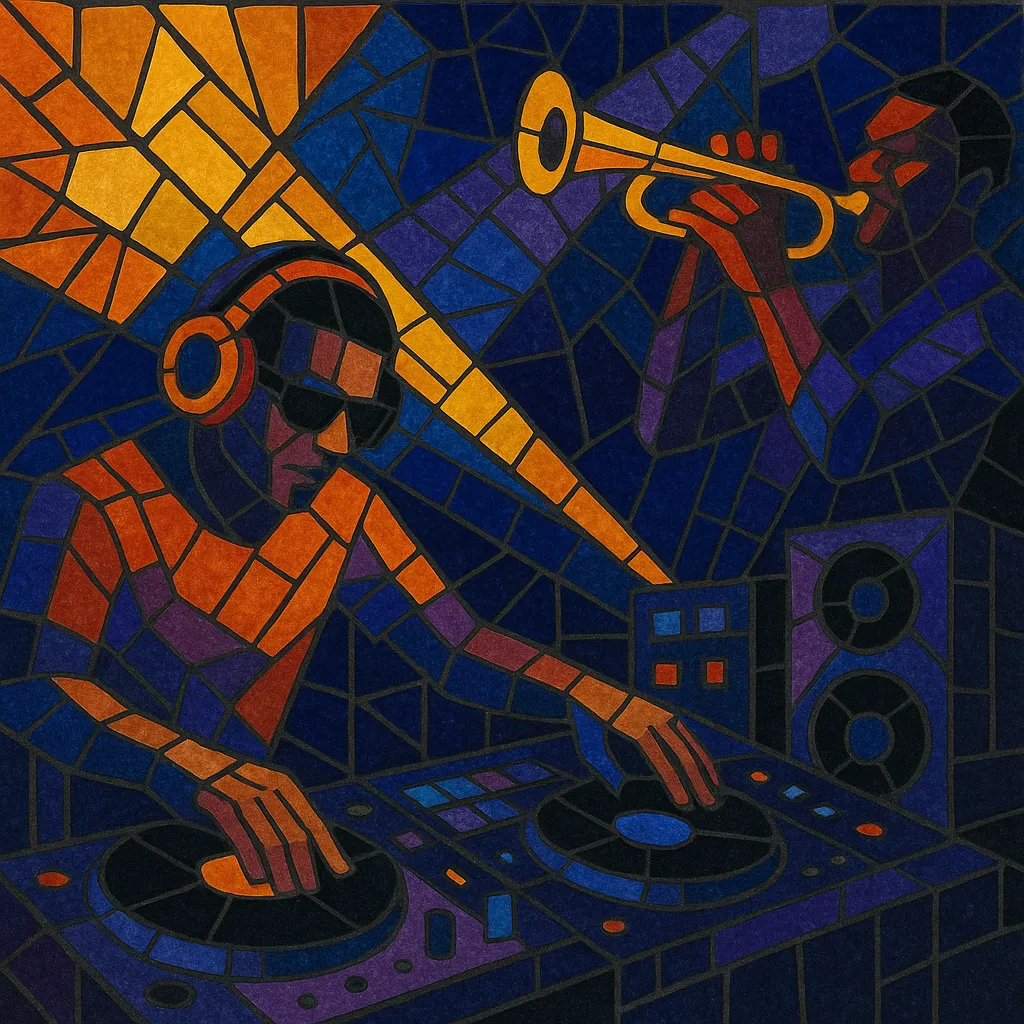
Tecnomerengue is a dance-floor–oriented fusion that grafts the brisk 2/4 merengue groove onto club-ready electronic production. It retains merengue’s güira-and-tambora drive but recreates it with drum machines, sequencers, and sample-based percussion, often reinforcing the beat with a four-on-the-floor kick and syncopated snare patterns.
Bright synth brass, punchy stabs, and basslines built from electronic subs or FM-style tones replace—or layer over—traditional horn sections. Hooks are typically short, chant-like, and call‑and‑response friendly, while MC-style rap verses and hype shouts reflect hip hop’s influence. Tempos usually sit around 135–150 BPM, emphasizing relentless forward momentum, party themes, and playful swagger designed for big-room clubs and radio.
Tecnomerengue emerged in the Dominican Republic and within the Dominican diaspora in New York City, where club culture, hip hop, and electronic dance music intersected with merengue’s high‑energy pulse. Producers and bandleaders began swapping or augmenting live tambora and güira with drum machines, adding house/techno kicks, synth brass, and rap/MC hype vocals. This hybrid was explicitly built for clubs and Latin radio, giving merengue a modern, electronic edge.
By the mid‑1990s the sound broke widely across the Caribbean, the United States, and Latin America. Groups and solo acts scored club and chart success with slick, sample‑friendly productions, catchy choruses, and polished music videos that fit neatly into the growing Latin pop and MTV Latino ecosystems. The style’s cosmopolitan identity—equal parts Santo Domingo and New York—made it a natural bridge between Spanish‑language audiences and pan‑club culture.
As the 2000s progressed, reggaetón and other urban fusions surged, but tecnomerengue’s production vocabulary—electronic percussion, synth hooks, MC verses—continued to inform Latin dance pop and electro‑Latin hybrids. The genre endures through classic acts, throwback hits at parties, and periodic revivals, while its DNA is audible in later electro‑Latin and crossover club styles.

